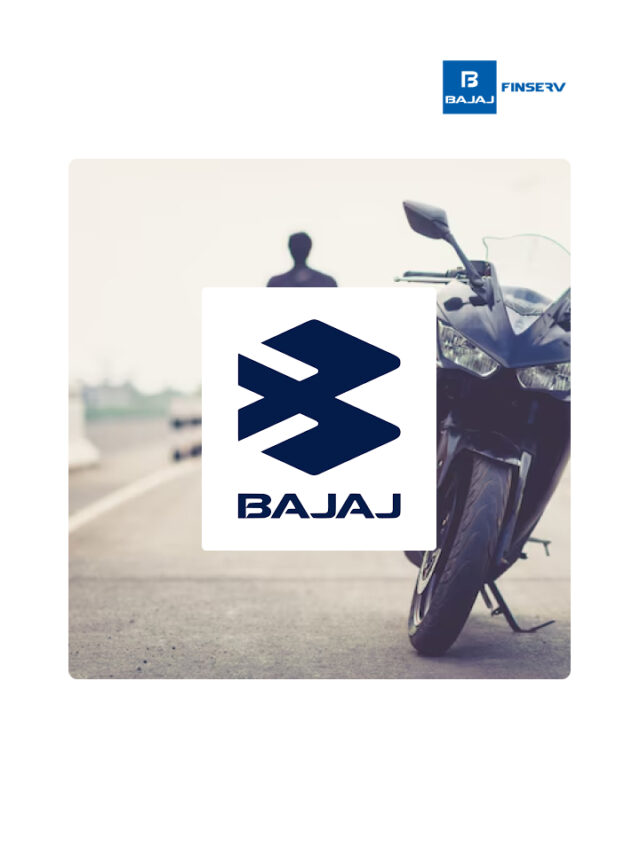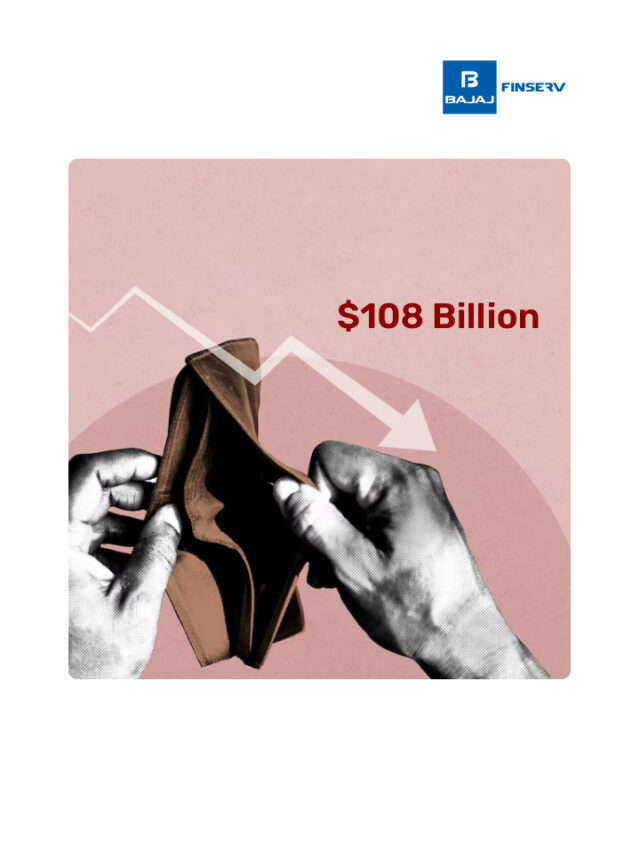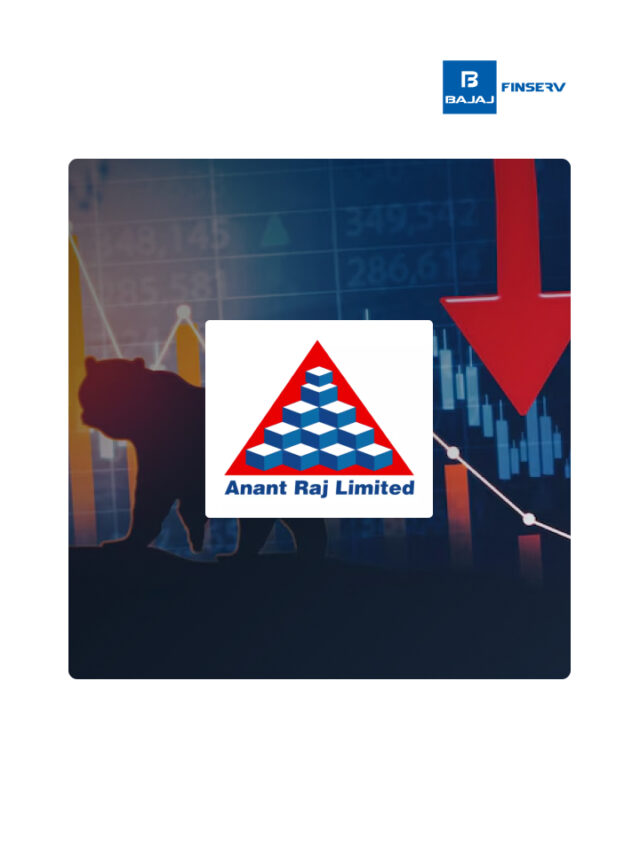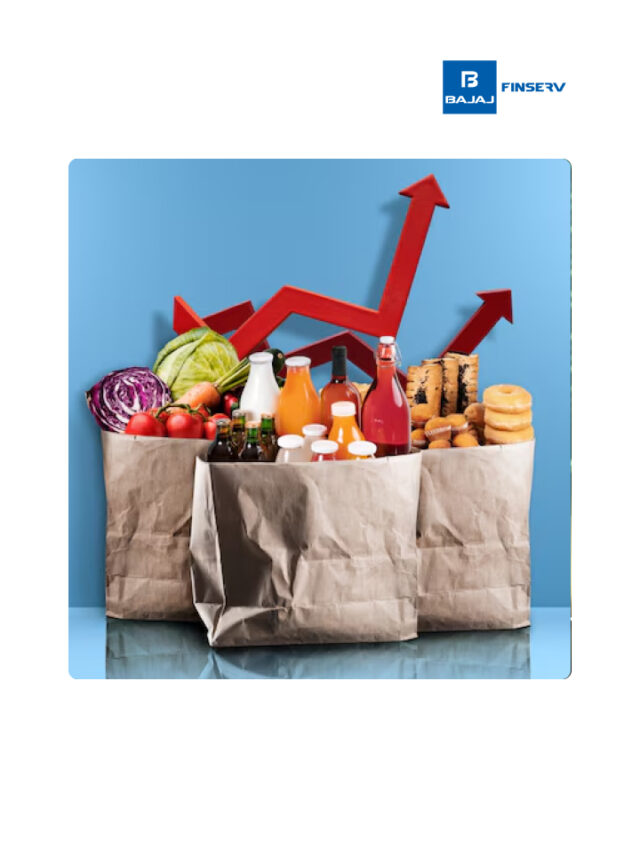All You Need To Know About Delivery Margin
Last Updated on September 27, 2023 by BFSLTeam BFSLTeam

Delivery margin, or the margin on delivery, plays an important role in trading. You engage in delivery trading when you purchase shares and hold them beyond the intraday trading period. Thus, the delivery margin is an essential aspect of the process, representing the amount you need to maintain in your trading account to facilitate such transactions.
Read on to explore the meaning and definition of delivery margin, understand its significance, explore how it works, and know the factors influencing its calculation.
Table of Content [hide]
What is Delivery Margin?
Delivery margin means you buy shares and hold them for a longer duration (usually beyond the intraday trading period). The delivery margin, therefore, is the amount you need to maintain in your trading account to facilitate such transactions.
Delivery Margin Meaning and Definition
In simpler words, the delivery margin is like a security deposit required by the stock exchange to ensure that you can fulfil your obligations as a buyer during the delivery period. It serves as a guarantee for the stock exchange that you have enough funds to settle the trade when it comes to its execution.
The delivery margin amount is expressed as a percentage of the total value of the shares you intend to buy. This percentage varies based on the volatility and risk associated with the specific stocks and is determined by the stock exchange.
Also Read: What is Peak Margin?
Why is Delivery Margin Necessary?
You might be wondering why a delivery margin is required if you already have sufficient funds to buy the shares. The delivery margin serves several essential purposes:
- Risk Management: The stock market is subject to fluctuations, and prices can change rapidly. The delivery margin acts as a safety net for both the investor and the stock exchange, mitigating the risk of potential default.
- Market Stability: By requiring a delivery margin, the stock exchange ensures that participants have enough skin in the game and discourages excessive speculative trading that could destabilise the market.
- Trade Settlement: When the delivery period ends, the buyer must make the full payment to the seller. The delivery margin ensures that the buyer has enough funds to complete the transaction, promoting smooth trade settlement.
Types of Delivery Margin
There are two types of delivery margin:
- Initial Margin: This is the amount required upfront before initiating the trade. It is deposited before the purchase and serves as a guarantee that you can fulfil your obligations during the delivery period.
- Maintenance Margin: Once you have purchased the shares, the maintenance margin comes into play. It is the minimum amount you must keep in your trading account to continue holding the shares beyond the delivery period.
Factors Affecting Delivery Margin
The delivery margin percentage can vary depending on several factors, including:
- Stock Volatility: Highly volatile stocks may require a higher margin percentage as they pose a greater risk.
- Liquidity: Stocks with lower trading volumes might have higher margin requirements to account for potential challenges in executing the trade.
- Market Conditions: During periods of market uncertainty or extreme fluctuations, stock exchanges may adjust the delivery margin to manage risk.
- Exchange Regulations: Different stock exchanges may have varying margin requirements based on their respective rules and policies.
Advantages of Trading with Delivery Margin
Trading with delivery margin offers several distinct advantages that can enhance your trading experience and potential returns:
- Long-Term Position Holding: Delivery margin allows you to hold positions over an extended period, giving you the flexibility to capitalise on potential market shifts and favourable price movements.
- Reduced Pressure: With the extended timeframe provided by delivery margin, you can make well-considered trading decisions without the pressure of immediate buy/sell actions common in intraday trading.
- Investment Diversification: Delivery margin trading enables you to diversify your investment portfolio by holding positions in a variety of assets, sectors, or industries, potentially spreading risk and increasing overall returns.
- Lower Transaction Costs: Trading with delivery margin often involves lower transaction costs compared to frequent buying and selling associated with intraday trading, resulting in potential cost savings over time.
- Dividend and Bonus Benefits: Holding positions through delivery margin can grant you access to dividends and bonus shares offered by companies, potentially boosting your overall returns.
- Market Volatility Opportunity: Longer holding periods associated with delivery margin can allow you to capture gains during periods of heightened market volatility, increasing the potential for profitable trades.
- Reduced Stress: The longer-term nature of delivery margin trading can contribute to reduced stress, as you have more time to analyse market trends and make informed decisions.
- Investor Rights: Holding positions with delivery margin often grants you certain investor rights, such as voting privileges in shareholder meetings, contributing to a sense of ownership.
- Tax Efficiency: Depending on your tax slabs, trading with delivery margin might offer tax advantages in the form of long-term capital gains tax, potentially reducing tax liabilities on your earnings.
Tips for Managing Delivery Margin
To navigate delivery margin effectively, consider the following tips:
- Stay Informed: You must always stay up-to-date about market news, performance of stocks, and any announcements which may impact your stock’s value.
- Risk Management: Avoid over-leveraging and be mindful of your risk tolerance. It is essential to have enough funds in your trading account to handle price fluctuations.
- Plan Ahead: Before entering a delivery trade, ensure you have sufficient funds in your account to cover the initial margin and any potential losses.
Also Read: Margin Trading Tips & Strategies for Beginners
Conclusion
Understanding delivery margin is vital for anyone venturing into the world of stock trading. It is the safety net that allows you to participate in delivery trading and ensures smooth trade settlement during the delivery period. By comprehending the concept of delivery margin, you can make informed decisions, manage risk effectively, and maximise your investment opportunities in the stock market.
Always remember that each stock may have different margin requirements, so staying informed and vigilant is crucial. By following the tips provided in this blog, you can navigate the complexities of delivery margin confidently and embark on your journey towards successful trading and investing in the stock market.
Read More Blogs: What Is Margin Trading in the Forex Market, Risk Management in Margin Trading










